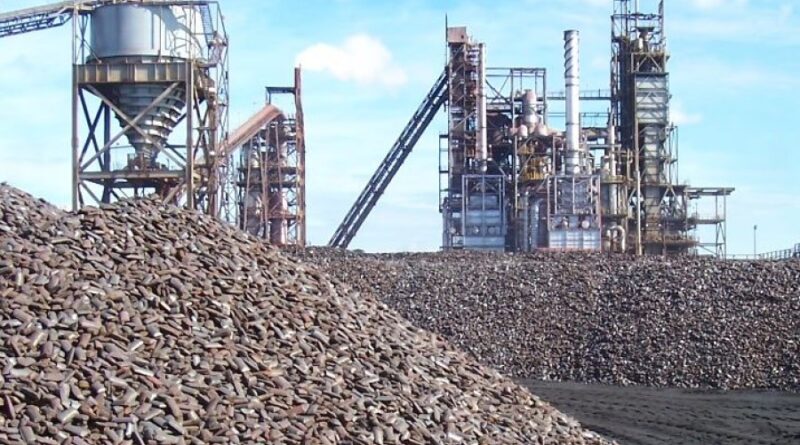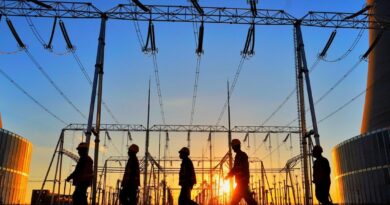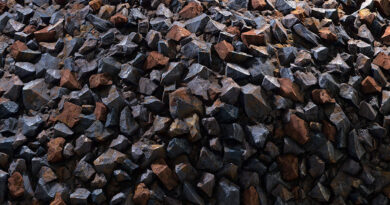Does steel have a bright green future?
The nature and expanse of technological innovation required for green steel ventures to succeed is not unique. The decarbonisation of heavy industry has several moving parts that must prove their reliability individually and as a synchronised sum. However, there are several reasons to argue that green steel has a brighter future than conventional steel.
First, various steel companies have produced fossil-free steel already. The challenge of deploying these solutions at an industrial scale is sizable, but we expect it to lessen in the 2030s through an iterative process.
Second, the policy and regulatory frameworks will become conducive in the coming years, given the government’s pledge to carbon neutrality. Nonetheless, local opposition towards new renewable energy plants will test the resolve of developers for years to come.
Finally, public funds are available to lower the financial risk of green steel developments. Sweden’s HYBRIT is among seven projects selected by the EU for a Euro 1.1 billion investment. More importantly, the superior economics of green steel will stimulate the flow of low-cost capital. That in turn will aid developers to expand production and maximise economies of scale through the 2030s and 2040s.
When can green steel compete with conventional steel on cost?
The research shows a strong case for green steel to reach cost parity with conventional steel this decade, under the right conditions.
Researchers compare the baselines of natural gas- and green hydrogen-based direct reduction (DR) and electric arc furnace (EAF) processes in Sweden. Notably, Sweden has shielded its steel industry from the high carbon tax of US$130/tonne. Expanding the carbon tax net to the industry will shoot the cost of conventional steel by 20-30% at the stroke of a pen.
The analysis signals substantial cost reduction potential for green steel, driven chiefly by two factors: higher carbon prices and lower LCOH. The criticality of the former is evident from the fact that a CO2 price of US$100/tonne benefits green steel producers by US$85/tonne through carbon credits.
For the latter, a combination of onshore wind and ALK may yield an LCOH enabling green steel to have superior economics in the 2020s across carbon price scenarios of US$50, US$100 and US$150/tonne. High CO2 prices and a sustained reduction in the cost of offshore wind and electrolysers will improve the case for offshore wind in the 2030s.
Low-cost wind power allows developers to produce green hydrogen at competitive rates. The levelised cost of hydrogen (LCOH) modelling shows green hydrogen costs falling as low as US$1/kg by 2030. Cost drivers differ for different electrolyser types, and engineers see alkaline electrolysis (ALK) as a strong contender for preferred adoption in the 2020s and 2030s. – As the proton exchange membrane (PEM) has a 25% higher capex, ALK will benefit from economies of scale faster.
Further capex reductions in both techs will improve the commercial attractiveness of green hydrogen for the steel industry.
Are the economics enough to secure the future of green steel?
Given the novelty of the proposed technologies, developers have to overcome a host of technical, regulatory and commercial challenges for hydrogen to play the desired role. They have yet to demonstrate the viability of storing hydrogen securely and economically at the envisaged level. And the usage of hydrogen as a feedstock for fossil-free steel has yet to be tested at an industrial scale.
Similarly, the intermittency and seasonality of renewables demand a diverse set of power sources for optimum utilisation of hydrogen electrolysers.




